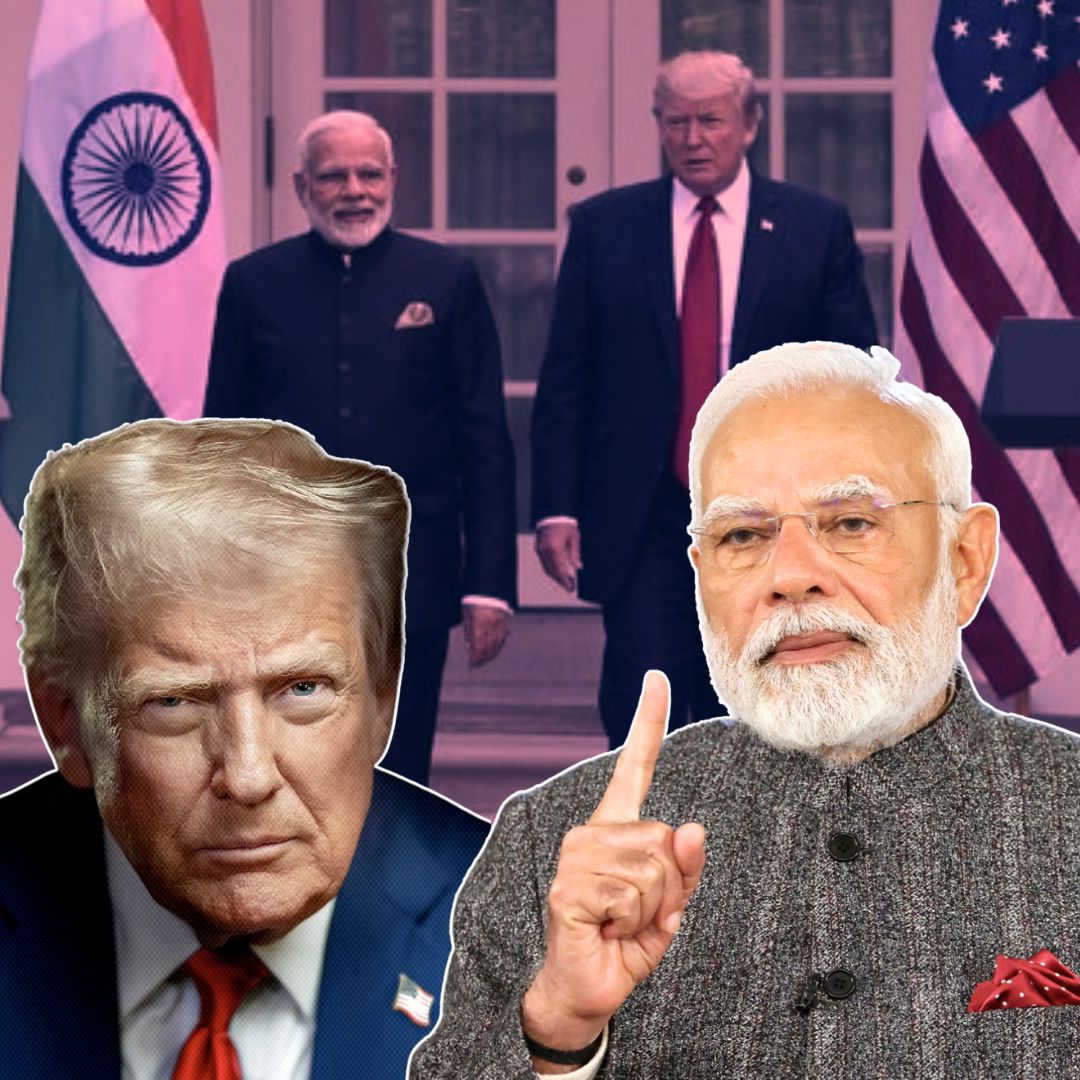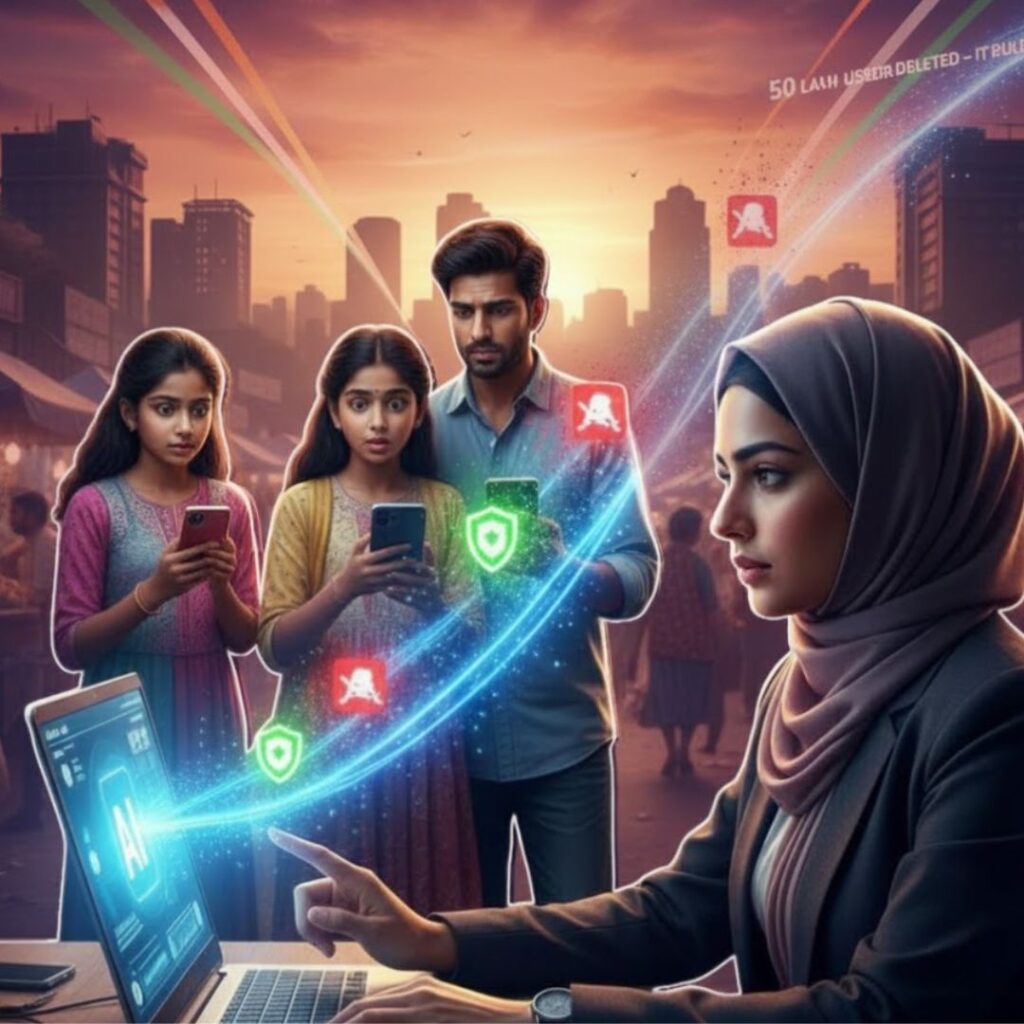India and the US have witnessed a dramatic shift in their bilateral relations since 2017 when then-President Donald Trump and Prime Minister Narendra Modi shared a moment of optimism and strategic partnership.
Later, the two leaders’ key trade promise was to increase bilateral trade to $500 billion by 2030, reflecting a mutual commitment to stronger economic and strategic cooperation. However, by august, 2025, this hopeful vision devolved into a trade conflict marked by the US imposing 50% tariffs on Indian imports. This change is rooted in a combination of economic, geopolitical, and domestic policy factors that complicated the relationship between the two democracies.
Multiple Factors Fueling the Trade Conflict
The trade war escalation stems from several intertwined issues. India’s 2018 tariff imposed on American Harley Davidson motorcycles initially soured trade relations, causing early friction. The critical factor escalating tensions was India’s continued purchase of Russian oil, amounting to about 36-40% of its imports by 2025, defying Western sanctions related to Russia’s war in Ukraine.
The Trump administration used this as a primary justification for doubling tariffs on Indian goods, linking tariffs directly to India’s energy policy. In parallel, the US’s closer ties with Pakistan, including President Trump’s controversial invitation and meeting with Pakistan’s military chief post-2023 ceasefire negotiations, added geopolitical strain.
Trump’s “Make America Great Again” (MAGA) campaign and his personal quest for a Nobel Peace Prize influenced a paradoxical approach of tough economic measures combined with selective diplomatic overtures.
India’s Response and Position in BRICS
India’s response has been firm and strategic. Rejecting US pressure to curb Russian oil imports, India emphasises its sovereign right to ensure energy security and economic resilience through the Atmanirbhar Bharat initiative. Prime Minister Modi and BRICS allies, particularly Brazil and Russia, have coordinated diplomatic resistance against Trump’s tariffs. India and Brazil’s leaders have engaged in discussions to deepen trade, defence, and technology ties, preparing for Modi’s upcoming visit to China and Lula’s state visit to India in early 2026.
India’s BRICS position is nuanced: while remaining cautious not to challenge the US dollar’s dominant role overtly, New Delhi supports local currency trading within BRICS as a risk mitigation strategy. Modi advocates a “people-centric partnership” among Global South nations, using BRICS as a platform to counterbalance US trade pressures and affirm a multipolar world order.
In an interview with Russia Today, Richard Wolff described Trump’s tariff move as done in a “hothouse fashion,” predicting it will foster the development of BRICS nations as an ever larger, more integrated, and successful economic alternative to the West.
Impact on India-US Relations and Future Prospects
Trump’s escalating tariffs have reverberated on the India-US strategic partnership, once touted as a key counterweight to China. The trade war threatens decades of rapprochement, with risks of pushing India closer to informal alignments with China, Russia, and other BRICS members.
Indian economic sectors heavily reliant on exports to the US face significant layoffs and contraction, while political leadership remains committed to preserving sovereign policy choices over external pressures. Washington’s aggressive tariff diplomacy, coupled with its outreach to Pakistan’s military leadership, including Trump’s invitation and meetings with Pakistan’s military chief, has created trust deficits that complicate forthcoming trade deal negotiations.
Analysts suggest that a strategic reset involving empathy for India’s domestic sensitivities and a collaborative long-term framework is essential to restore the relationship.
This evolution from 2017’s promises to 2025’s trade war highlights the complexity of international relations shaped by overlapping economic interests, geopolitical strategies, and national pride. As President Trump balanced his “Make America Great Again” vision with his Nobel Peace Prize ambitions, India responded by reinforcing sovereignty through BRICS and self-reliance initiatives.
The Logical Indian’s Perspective
The Logical Indian observes that the India-US trade tensions highlight the complexities of balancing national interests and global partnerships. Both nations face challenges in aligning economic policies and strategic goals amid geopolitical shifts. Future relations will depend on pragmatic dialogue and mutual adjustments without advocating for either side.
The pressing question remains: how will India and the US bridge their differences to forge a relationship that embraces cooperation, respects independence, and advances global peace and stability, or will BRICS continue to emerge as a robust economic alternative to the West?











